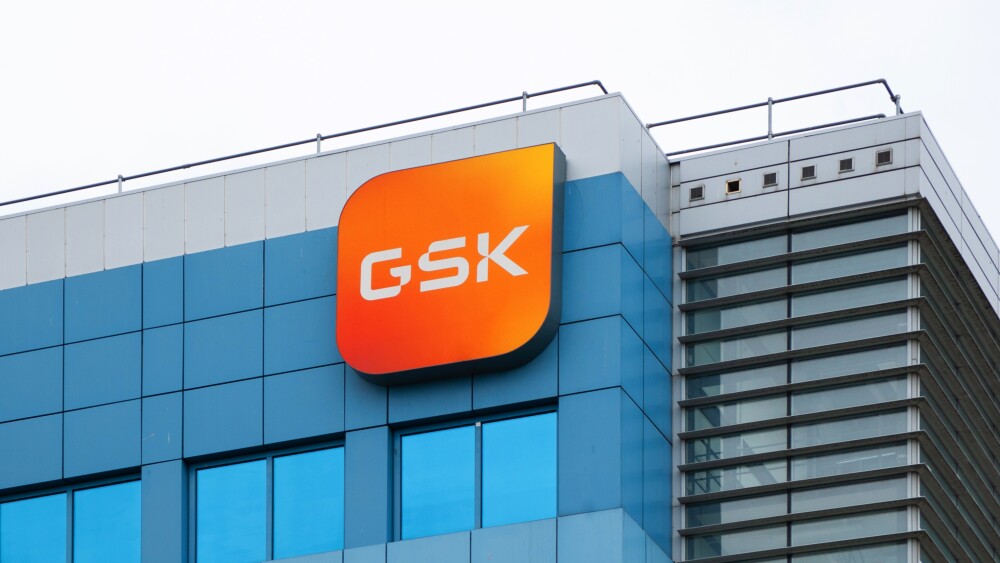BioSpace’s NextGen companies are rising in one of the most confounding biotech markets ever experienced. Executives sounded off on how to keep your head above water during our webinar, Are We There Yet?
Moribund. That’s how Nima Farzan, CEO of Latigo Biotherapeutics described the markets right now. His fellow panelists during BioSpace’s webinar, Are We There Yet? Surviving and Thriving in the Never-ending Biotech Downturn, had similarly colorful offerings.
COUR Pharmaceuticals CEO Dannielle Appelhans offered “risk off” to describe the biotech markets. Noah Tagliaferri, VP of growth at NextGen sponsor Pliancy, offered “steadfastly volatile.” And Jeff Walsh, CEO of nChroma Bio—a company that just last year was formed as two companies blended to weather the tough times together—said “we’re stuck.”
“I wish we didn’t say that last year, that we’re at the bottom, but maybe this is the real bottom,” Walsh said. “Let’s all hope that’s for sure.”
Biotechs are facing myriad challenges, including an IPO market that is sealed shut, tariff threats, drug pricing policies, disruption at the FDA, continued high interest rates and depressed M&A activity. Following Johnson & Johnson’s splashy $14.6 billion acquisition of Intra-Cellular Therapies to start the year, there are only a handful of deals to point to, such as Merck KGaA’s purchase of SpringWorks Therapeutics for $3.9 billion and Novartis’ $1.7 billion Regulus Therapeutics buy.
Appelhans said pharmas have plenty of firepower but are taking their time. “Pharma certainly has capital. They’re signaling that they’re ready for activity,” she said. Some of the slow M&A environment isn’t due to hesitancy, she added. “It’s more that there’s just a massive bolus of great companies to review and get into. And it takes time.”
But pharmas also know they can wait and get the right deal because biotechs don’t have the alternative of an IPO right now, according to Walsh. He said there is plenty of dealmaking going on behind the scenes right now, we just haven’t heard about the results yet. “There’s a ton of activity, for sure, and a lot of interest. It’s just that there’s not that competitive tension that used to exist of the threat of an IPO and we can go in a different route,” Walsh said. Biotechs also cannot access capital as easily as they used to, so pharmas and bigger biotechs in the buyer pool can bide their time.
Appelhans is hopeful that more deals are coming soon. “I’m hoping the ingredients are going to start to mix up to be something that will fuel the industry, because I think once we get some momentum, that [becomes] a positive reinforcing loop, but we need to get a few sparks flying first.”
But that would take some certainty, Farzan said. On Tuesday, the biopharma world got some welcome, albeit slim, additional details on the Trump administration’s Most Favored Nation (MFN) drug pricing order. With the constantly changing situation, Farzan bets that the senior executives needed to sign off on a major deal are being kept occupied by the ricocheting policies.
“They have teams lower down on the business development organization that, of course, are not worried about MFN pricing. Their job is to go out and talk to biotechs and look for opportunities,” Farzan said. “But my guess is that some of those are getting slowed down and stuck at the executive committee senior leadership level because there are other priorities that they’re worried about right now.”
Maturing Privately
The uncertainty is also keeping the IPO market silent, as companies don’t want to bother wasting significant resources in such a rapidly changing environment, Tagliaferri said. “Just knowing the news is changing every single day as you’re trying to market a public offering, it’s just not a terribly enticing thing to do.”
None of the three biotech CEOs indicated an interest in taking their companies public at this time. Latigo is the furthest in the clinical development pipeline, recently raising a $150 million series B. Farzan said that he has learned some lessons from his time at a previous company, where he did go public while still preclinical, as many companies did in the biotech bubble years of the pandemic. “We grew up as a public company, and that was very painful experience,” he said.
This time around, Farzan plans to allow Latigo to “mature privately,” with that $150 million laying down a runway to generate meaningful data. With a focus on pain therapeutics, Latigo has benefitted from the recent renaissance in the space, with Vertex Pharma recently gaining approval for Journavx, Farzan said. But that drug also had some negative data that did not help Latigo in its pitch to investors for the series B. Farzan said the process took longer than expected.
“I’ve certainly been around times when if you had the right therapeutic area—‘You’re in precision oncology? We’ll invest.’ It was almost no more diligence than that,” Farzan said. “This was not that case. There was deep diligence being done.” Nevertheless, Latigo was able to complete the raise with interest from venture capitalists and crossover investors, and 10 new investors total.
Walsh was a little more blunt on his IPO thoughts: “I think the only comment with regard to being a public company is NFW right now.” But nChroma has been taking other dramatic steps to right itself. The company recently formed as a result of a merger between Chroma Medicine and Nvelop Therapeutics that included $75 million in financing. Walsh said the choice was tough but necessary to survive the markets with limited access to capital or M&A prospects and a much longer IPO window.
“Honestly, I think there should be more [companies] that do this. The problem is that they don’t get done for a reason. And I saw every single one of the reasons through this process of why they don’t get done,” Walsh said, adding that his team is “thankful we’re on the other side of it.”
U.S. innovation is not a birthright.
For its part, COUR has had a slow and steady journey over the past decade, having only last year raised its series A of $105 million. After years of steady work, COUR licensed its first asset, an investigational treatment for celiac disease, fully to Takeda in 2019 for almost half a billion dollars in non-dilutive capital. Then it started over. Today, COUR has three proprietary programs, with one soon to head into late-stage testing—but it was that early celiac program that planted the seed.
“For all of us, regardless of stage, it’s all about data, data, data. That’s our slogan. Real estate can have location, location, location, but for us, that’s really what wins the day,” said Appelhans, who took the CEO role in September 2024.
The early side of data is of course innovation. All the executives spoke to the opportunity out there right now, even as pharma turns to China-based biotechs to grow their pipelines and questions about American dominance in the industry swirl.
“U.S. innovation is not a birthright,” Tagliaferri said. “This is a something that we have to make sure that we are protecting in the talent pool and really encouraging people to go into biotech.”
Walsh said that despite the challenging environment right now, the U.S. industry is still in a good position to do just that. There is still plenty of capital to be deployed, he said, and there’s still plenty of talent. But companies do need to be disciplined now more than ever, he warned.
“All of this will abate and we’ll come out the other side, frankly stronger, and better equipped to deal with the bumps in front of us.”
For a complete list of NextGen 2025 companies, click here.
The NextGen Class of 2025 is brought to you by Pliancy.











